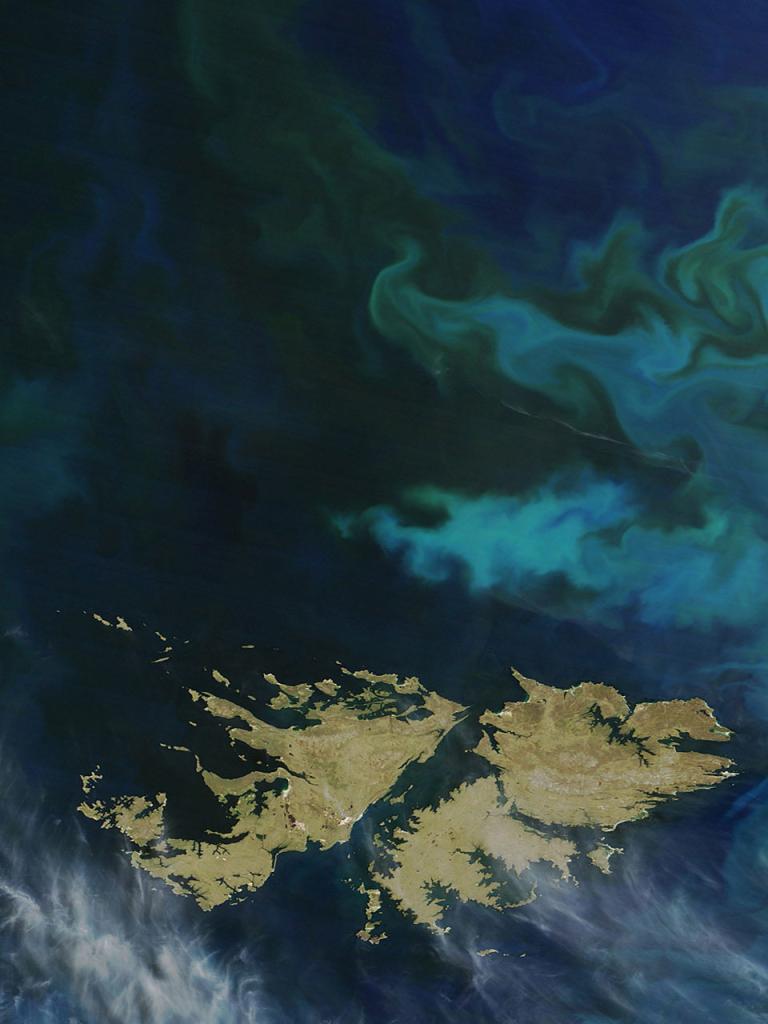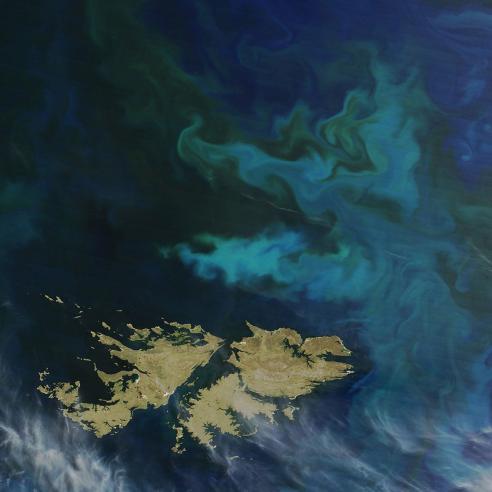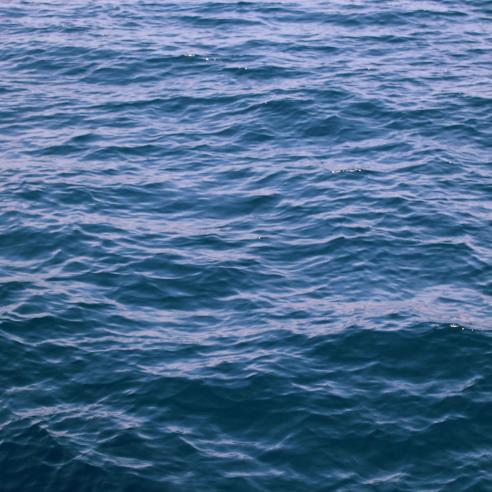01 February 2023
31 October 2018
The objective of the study, funded by the European Commission, is to generate a complete scientific, technical and operational requirements document that can be used as a traceable reference for all steps and aspects of an Ocean Colour System Vicarious Calibration (OC-SVC) infrastructure development and operations for the Copernicus Programme.
This infrastructure shall be able to provide the highest quality ground-truth measurements for System Vicariously Calibration of Copernicus missions. The measurements shall allow the retrieval of accurate water-leaving radiances, as part of the Level 2 Ocean Colour products, and contribute to the understanding of the uncertainties of the other OC Level 2 parameters.
The objective is to establish SI (International System of Units) traceability for Copernicus Ocean Colour products and services. These requirements form the basis for OC-SVC development as an inherent and sustained operational component of the Copernicus Programme.
Overview
The study has produced a document targeted as a traceable reference for the development and operation of a future European OC-SVC infrastructure that would enable Copernicus to reach its operational objectives. The purpose is twofold: first, to clearly justify the need of OC-SVC in the Copernicus programme; and second, to formally specify the scientific, technical and operational requirements for the OC-SVC infrastructure. This document has been written and reviewed in cooperation with the international Ocean Colour community to ensure the Copernicus requirements are state-of-the-art and they are standardised with respect to joint efforts such as within the Committee on Earth Observation Satellites (CEOS).
The requirements are driven by the uncertainty budget of the OC-SVC process, from the in situ radiometric measurements to the computation of mission-averaged vicarious calibration gains. All sources of uncertainty are listed, following principles of metrology and encompassing the various aspects of OC-SVC:
- The OC-SVC process: requirements on the measurement uncertainties and on the methodology.
- The OC-SVC field infrastructure: requirements on the radiometer design, characterisation and calibration, on the platform and environmental conditions.
- The OC-SVC data processing: requirements on data processing and gain computation.
- The OC-SVC operations and maintenance: requirements on the field operations and maintenance, data access, management, including human aspects to ensure a sustainable service.

The overall uncertainty approach presented in the report, and the detailed uncertainty numbers provided whenever possible, are intended as a guideline to assess the performance of any SVC system for Ocean Colour. The numbers written in the companion Excel file to the report shall be understood as examples, based on state-of-the-art practice, to minimise the uncertainty to an acceptable level.
The study strongly builds upon the experience of the Marine Optical BuoY (MOBY) buoy in the USA and the 'BOUée pour l'acquiSition d'une Série Optique à Long termE' (BOUSSOLE) buoy in Europe.
In view of planning a successful operational OC-SVC in Europe within the Copernicus programme, the experience gained over the past two decades demonstrates the crucial need to ensure sustainable resources (staff, knowledge and infrastructure) to build long-term data series over multi-mission lifetime.
Figure 2 shows an excerpt from the Excel annex file (here limited to band 400 nm) listing the uncertainty sources and providing an example of quantified uncertainty for each component and resulting uncertainty on the mission-average gains. Note that the contribution of marine signal to total TOA signal has been set to 5% (mesotrophic waters).





